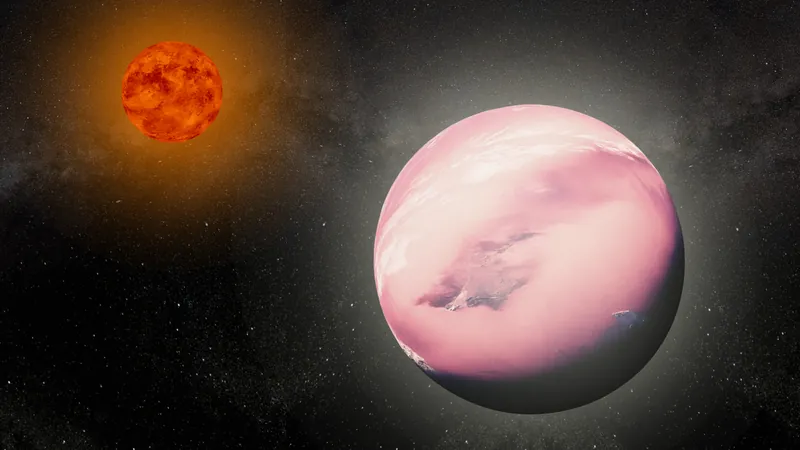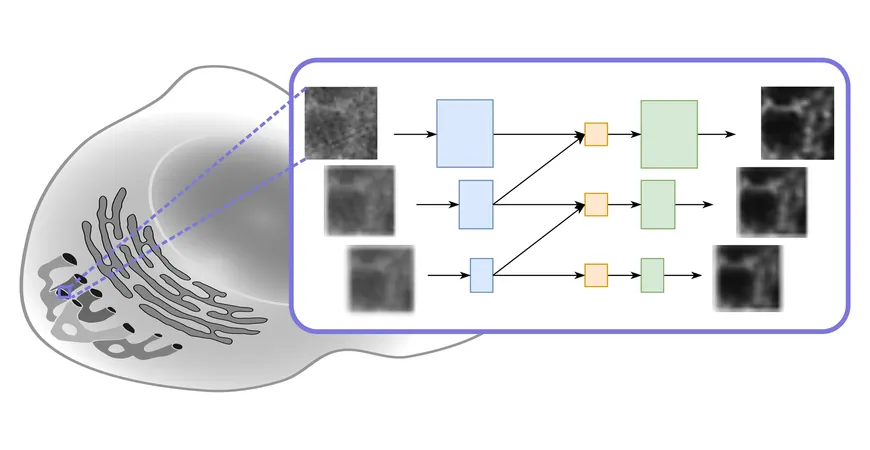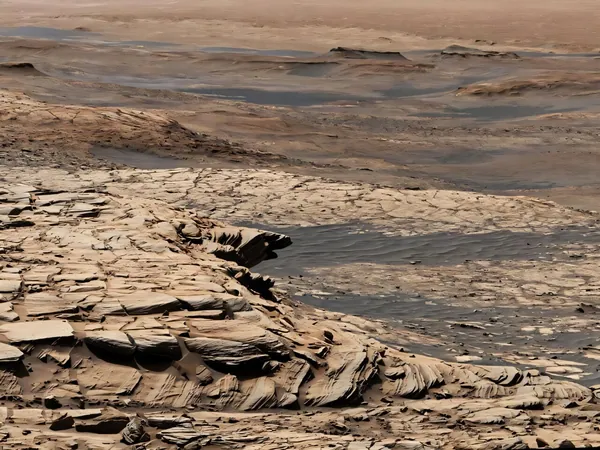
Distant Exoplanet L 98-59 d Reveals Sulphur-Rich Atmosphere – A Possible Sign of Alien Volcanoes!
2024-11-18
Author: Olivia
Introduction
In the ever-expanding realm of exoplanet research, scientists have identified over 5,000 planets beyond our solar system. Among these, L 98-59 d has emerged as a fascinating candidate, revealing hints of a sulphur-rich atmosphere. Located a mere 35 light-years from Earth and measuring about 1.5 times the size of our planet, this super-Earth could be the smallest known exoplanet with an identifiable atmosphere if further studies confirm these findings.
Geological Activity and Implications
The detected presence of sulphur dioxide (SO₂) and hydrogen sulphide (H₂S) in L 98-59 d’s atmosphere suggests that this celestial body may harbor extreme geological activity, potentially indicative of an alien volcanic landscape. Scientists speculate about the possibility of a molten surface, highlighting the uniqueness of this exoplanet compared to terrestrial planets in our own solar system.
Planetary Classification
Planetary classification typically distinguishes between rocky planets, like Earth and Mars, and gas giants such as Jupiter. However, L 98-59 d occupies a space frequently overlooked in our solar system—between the sizes of Earth and Neptune. This range is deemed the most common in our galaxy, with similar planets being termed sub-Neptunes and super-Earths.
Discovery and Observational Techniques
L 98-59 d was first discovered in 2019 by NASA’s TESS space telescope, utilizing the 'transit method' to detect minute dips in starlight as the planet orbits its host star. Although tools like the James Webb Space Telescope (JWST) struggle to separate small planets from their luminous stars, they can analyze the light that filters through a planet’s atmosphere when it passes in front of a star, allowing scientists to infer atmospheric composition through a process called transmission spectroscopy.
Research Findings and Comparisons
An international team, including noted astronomers, employed JWST to gather data during one transit of L 98-59 d. Their findings hinted at an unusual atmosphere markedly different from the rocky planets we're familiar with, dominated by nitrogen and oxygen on Earth, or carbon dioxide on Venus and Mars. Instead, L 98-59 d appears to be shaped by unique processes, suggesting environmental conditions that could be extreme even by the standards of known volcanic worlds.
The Possibility of 'Exovolcanoes'
The intriguing possibility of 'exovolcanoes' arises from these findings. If active volcanism is indeed responsible for the sulphurous gases, it could be akin to the volcanic activity observed on Jupiter's moon Io, which is driven by tidal heating from gravitational forces exerted by its parent planet. As L 98-59 d orbits its star—completing a full orbit in just 7.5 Earth days—intense gravitational interactions may fuel volcanic eruptions, potentially creating oceans of magma.
Conclusion and Future Prospects
Although this discovery raises more questions than answers, further observations are crucial to confirm the presence of these gases. Instruments like the JWST previously identified SO₂ in larger gas giant atmospheres, making this observation on a rocky planet unprecedented.
While L 98-59 d may not appear to be a hospitable environment for life as we understand it, the study of its sulphur-rich atmosphere and volcanic activity paves the way for a deeper understanding of diverse planetary evolution across the cosmos. Each new discovery contributes to a broader picture of how planets can vary dramatically in their formations and conditions, offering tantalizing insights into the mysteries of our universe.
Exciting times lie ahead in the exploration of exoplanets, as each finding potentially rewrites our understanding of planetary sciences and the very definition of habitable worlds!









 Brasil (PT)
Brasil (PT)
 Canada (EN)
Canada (EN)
 Chile (ES)
Chile (ES)
 España (ES)
España (ES)
 France (FR)
France (FR)
 Hong Kong (EN)
Hong Kong (EN)
 Italia (IT)
Italia (IT)
 日本 (JA)
日本 (JA)
 Magyarország (HU)
Magyarország (HU)
 Norge (NO)
Norge (NO)
 Polska (PL)
Polska (PL)
 Schweiz (DE)
Schweiz (DE)
 Singapore (EN)
Singapore (EN)
 Sverige (SV)
Sverige (SV)
 Suomi (FI)
Suomi (FI)
 Türkiye (TR)
Türkiye (TR)